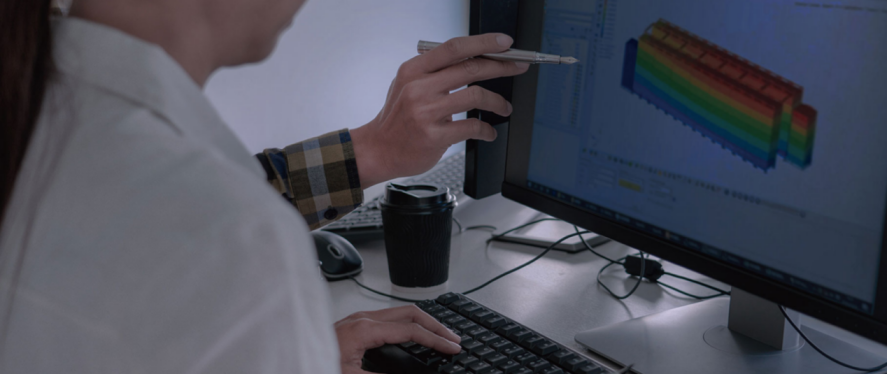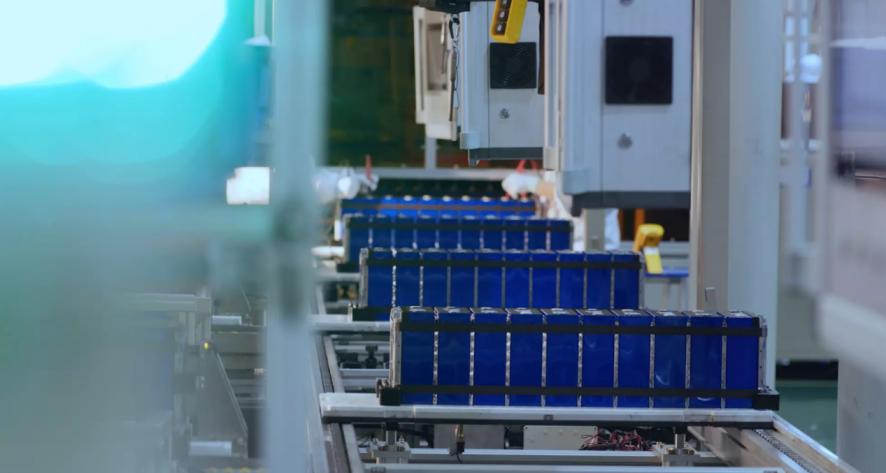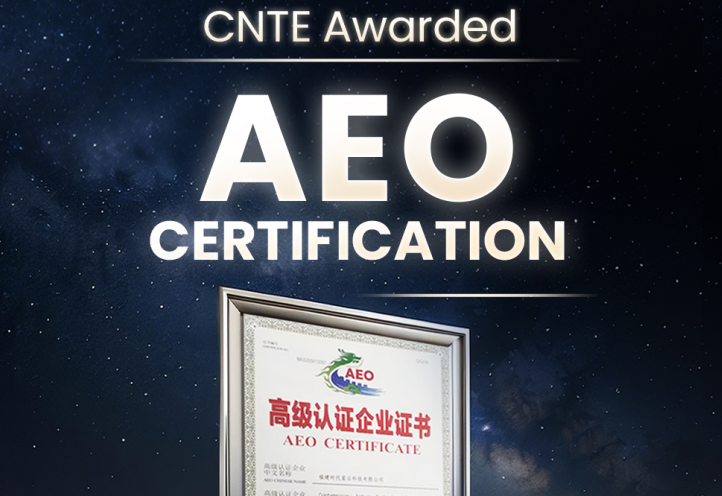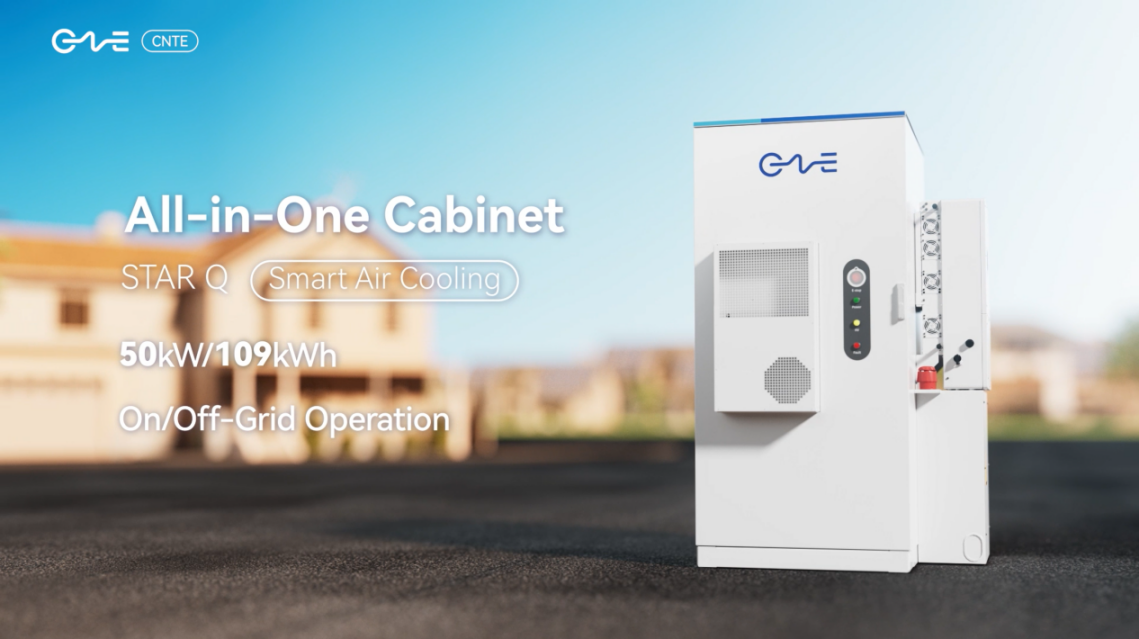What advancements in 100 amp lithium-ion battery technology are on the horizon?
Unlock the power of innovation with 100 amp lithium-ion batteries. Discover their high-performance capabilities, versatility, and applications across industries. Explore the technical insights, comparative advantages, and future trends driving the evolution of energy storage technology.
Introduction
1.1 Defining the 100 Amp Lithium-ion Battery
In the realm of energy storage, the 100 amp lithium-ion battery stands tall as a robust and versatile solution. At its core, it represents a lithium-ion battery capable of delivering a continuous current of 100 amperes. This designation underscores its high-power capabilities, making it a crucial component in numerous applications where efficiency and reliability are paramount.
1.2 Importance and Applications
The significance of the 100 amp lithium-ion battery resonates across diverse industries. From powering electric vehicles to stabilizing renewable energy systems and enhancing consumer electronics, its versatility knows no bounds. This high-current battery serves as a linchpin in the transition towards cleaner, more sustainable energy solutions, driving innovation and efficiency across the board.
1.3 Evolution of Lithium-ion Battery Technology
The journey of lithium-ion battery technology has been marked by remarkable advancements. From its inception to the modern-day 100 amp variant, continual research and development have fueled improvements in energy density, lifespan, and safety. The evolution of lithium-ion batteries mirrors society’s quest for cleaner energy sources and more efficient power storage solutions.
Advantages of 100 Amp Lithium-ion Batteries
2.1 Unrivaled Energy Density
The 100 amp lithium-ion battery boasts an exceptional energy density, packing more power into a smaller and lighter package compared to traditional lead-acid batteries. This compactness makes it ideal for applications where space is limited, such as electric vehicles and portable electronics.
2.2 Extended Lifespan
One of the standout features of the 100 amp lithium-ion battery is its extended lifespan. With proper maintenance and usage, these batteries can endure hundreds, if not thousands, of charge-discharge cycles without significant degradation, ensuring long-term reliability and cost-effectiveness.
2.3 Swift Rechargeability
Unlike conventional batteries, 100 amp lithium-ion batteries offer rapid recharge capabilities, minimizing downtime and maximizing productivity. This swift rechargeability makes them invaluable in scenarios where quick turnaround times are essential, such as emergency backup systems and industrial applications.
2.4 Real-world Examples
In the automotive sector, electric vehicles powered by 100 amp lithium-ion batteries are revolutionizing transportation, offering zero-emission alternatives to traditional combustion engines. Similarly, renewable energy systems rely on these batteries to store surplus energy generated from sources like solar and wind, providing a reliable backup during periods of low output.
Applications of 100 Amp Lithium-ion Batteries
3.1 In Electric Vehicles
Electric vehicles (EVs) represent a burgeoning market where 100 amp lithium-ion batteries play a pivotal role. From compact city cars to long-range electric SUVs, these batteries power the electric revolution by providing the energy needed for propulsion, enabling zero-emission transportation on a global scale.
3.2 In Renewable Energy Systems
Renewable energy systems, such as solar and wind farms, harness the power of nature to generate electricity. However, the intermittent nature of these sources necessitates effective energy storage solutions, and 100 amp lithium-ion batteries fit the bill perfectly. By storing excess energy during peak production periods, these batteries ensure a steady and reliable power supply, even when the sun isn’t shining or the wind isn’t blowing.
3.3 In Consumer Electronics
The ubiquitous presence of consumer electronics in modern life demands efficient and reliable power sources. From smartphones to laptops, wearable devices to drones, 100 amp lithium-ion batteries power a vast array of gadgets, providing long-lasting performance in a compact form factor. Whether it’s capturing memories, staying connected, or staying entertained, these batteries keep pace with the demands of today’s tech-savvy consumers.

Technical Insights into 100 Amp Lithium-ion Batteries
4.1 Understanding Battery Chemistry and Voltage
At the heart of every lithium-ion battery, including the 100 amp variant, lies a complex chemistry. These batteries typically consist of cathodes, anodes, and an electrolyte solution. During discharge, lithium ions move from the anode to the cathode through the electrolyte, generating electrical energy. The voltage of a lithium-ion battery typically ranges from 3.6 to 4.2 volts, depending on the specific chemistry and design.
4.2 Current Capacity and Discharge Rates
The current capacity of a battery refers to the amount of charge it can deliver over a certain period. In the case of a 100 amp lithium-ion battery, it can sustain a continuous discharge current of 100 amperes. This high current capacity makes it suitable for applications requiring robust power delivery, such as electric vehicles and industrial equipment. Discharge rates, on the other hand, dictate how quickly a battery can release its stored energy, influencing its performance in high-demand scenarios.
4.3 Factors Influencing Battery Performance and Safety Considerations
Several factors can impact the performance and safety of a lithium-ion battery, including temperature, state of charge, and cell design. High temperatures can accelerate chemical reactions within the battery, leading to degradation and safety hazards. Moreover, overcharging or deep discharging can compromise battery health and longevity. Safety features such as thermal management systems and overcharge protection circuits are crucial for mitigating risks and ensuring safe operation.
Comparative Analysis: 100 Amp Lithium-ion vs. Other Battery Technologies
5.1 Energy Density and Cycle Life
Compared to traditional lead-acid and nickel-metal hydride batteries, 100 amp lithium-ion batteries offer superior energy density, packing more power into a smaller and lighter package. This higher energy density translates to longer operating times and increased efficiency in various applications. Additionally, lithium-ion batteries typically boast a longer cycle life, enduring more charge-discharge cycles before experiencing significant degradation compared to their counterparts.
5.2 Environmental Impact
From an environmental perspective, lithium-ion batteries have both advantages and challenges. While they offer higher energy density and lower self-discharge rates, reducing the overall carbon footprint, their production and disposal processes raise concerns about resource depletion and recycling. Proper management of end-of-life batteries is crucial to minimize environmental impact and maximize resource recovery.
5.3 Performance Comparison
In scenarios where high power output and energy density are paramount, such as electric vehicles and portable electronics, lithium-ion batteries outperform lead-acid and nickel-metal hydride alternatives. However, in applications where cost-effectiveness and simplicity are prioritized, such as stationary backup power systems, lead-acid batteries may still hold sway. Understanding the specific requirements and constraints of each application is essential for selecting the most suitable battery technology.
Future Trends and Innovations in 100 Amp Lithium-ion Batteries
6.1 Ongoing Research and Development
The landscape of lithium-ion battery technology is continually evolving, driven by ongoing research and development efforts. Researchers are exploring novel materials, electrode designs, and manufacturing techniques to enhance energy density, cycle life, and safety. Additionally, advancements in battery management systems and charging infrastructure are poised to accelerate the adoption of lithium-ion batteries across various sectors.
6.2 Predicted Advancements
Looking ahead, the future of 100 amp lithium-ion batteries appears promising. Predicted advancements include increased energy density, allowing for more compact and lightweight battery packs, as well as faster charging capabilities, reducing downtime and improving user convenience. Moreover, innovations in recycling and reuse technologies will address concerns about resource sustainability and environmental impact, further bolstering the appeal of lithium-ion batteries.

6.3 Challenges and Opportunities
Despite the optimistic outlook, challenges remain on the path toward the widespread adoption of 100 amp lithium-ion batteries. These include addressing cost barriers, optimizing manufacturing processes, and ensuring adequate recycling infrastructure. However, the opportunities presented by clean energy initiatives, electrification trends, and technological innovations far outweigh these challenges, positioning lithium-ion batteries as key enablers of a sustainable energy future.
Conclusion
The 100 amp lithium-ion battery, manufactured by CNTE, stands as a testament to the ingenuity and innovation driving the energy storage revolution. With unparalleled energy density, extended lifespan, and swift rechargeability, it powers a wide range of applications across industries, from electric vehicles to renewable energy systems and consumer electronics. As society continues its quest for cleaner, more sustainable energy solutions, the 100 amp lithium-ion battery will undoubtedly remain at the forefront, driving progress and propelling us towards a brighter, greener future.





